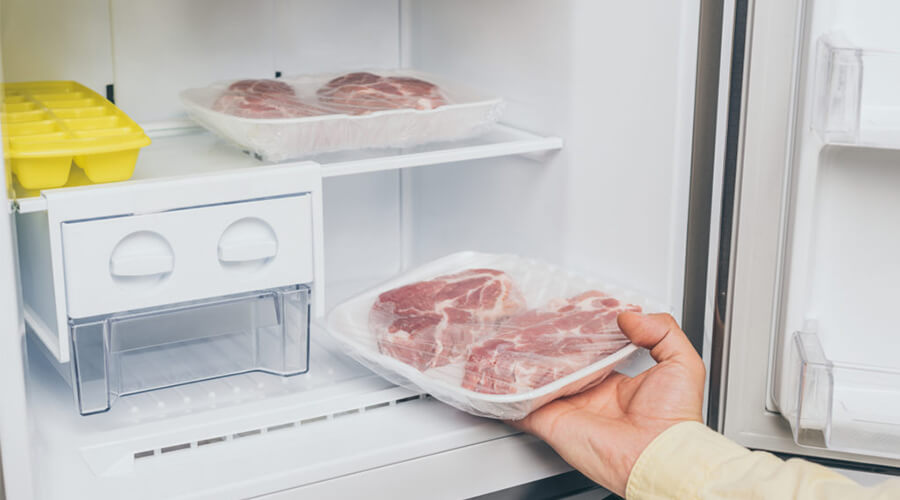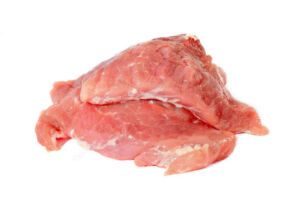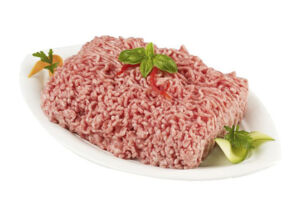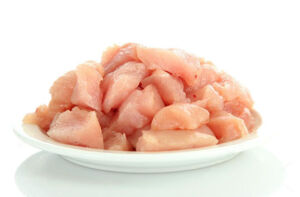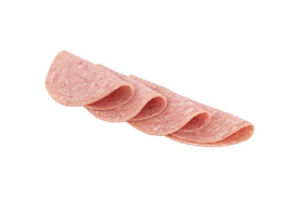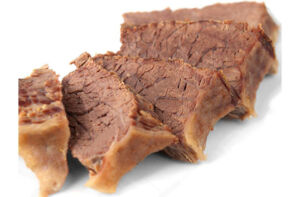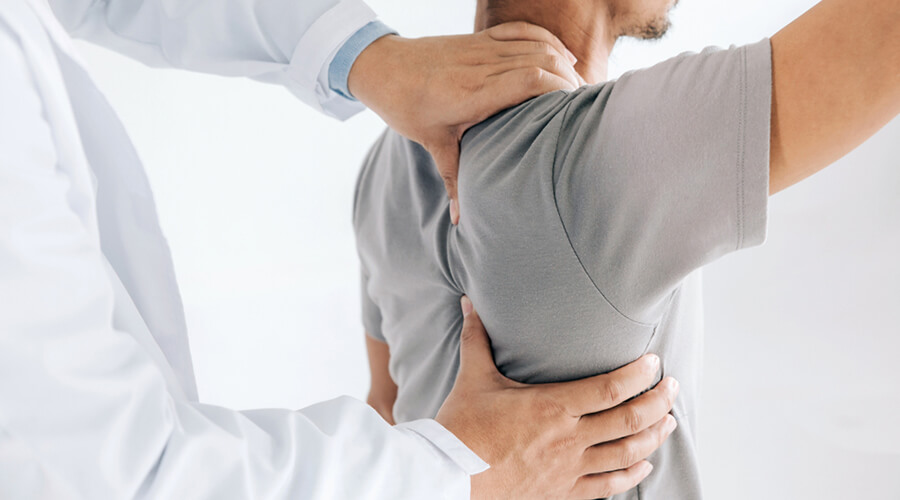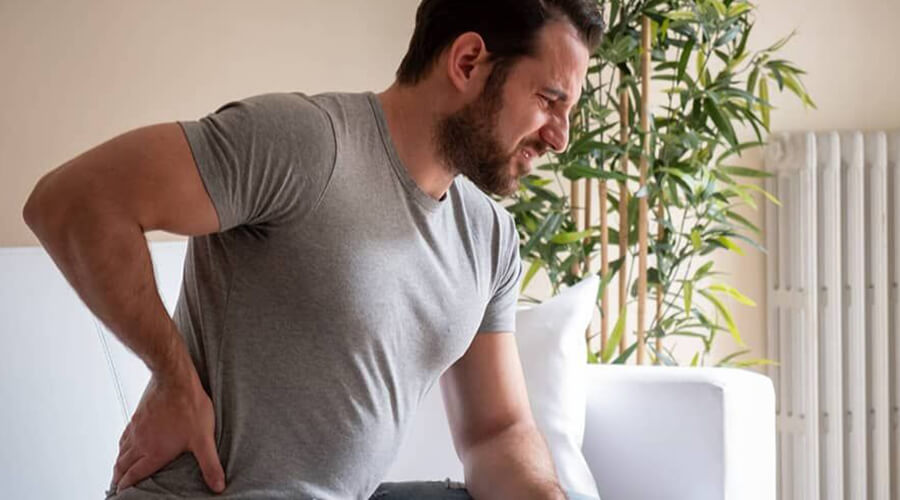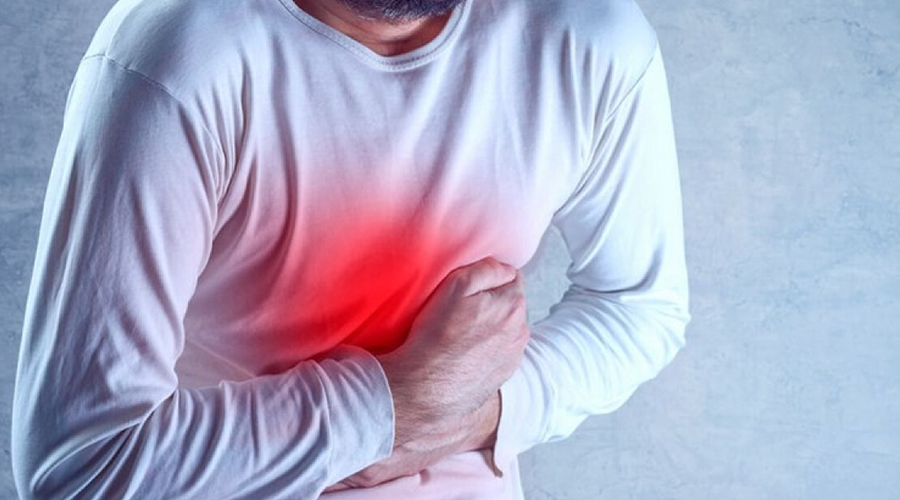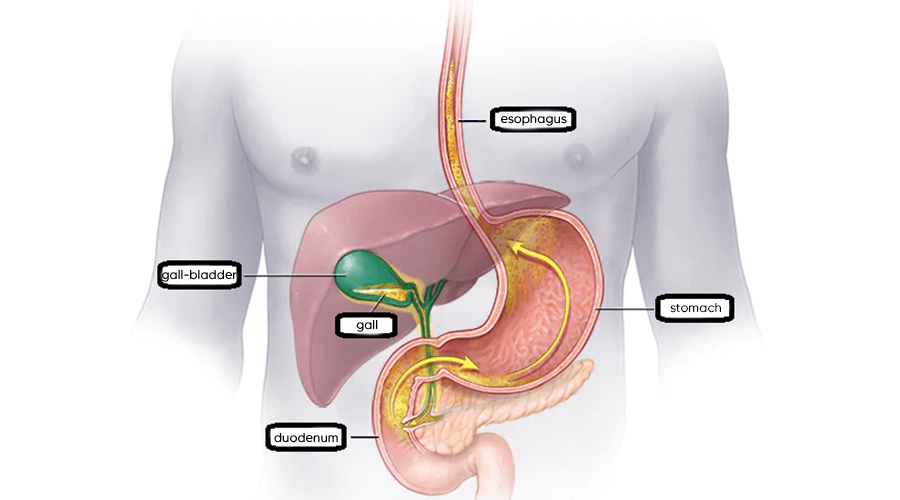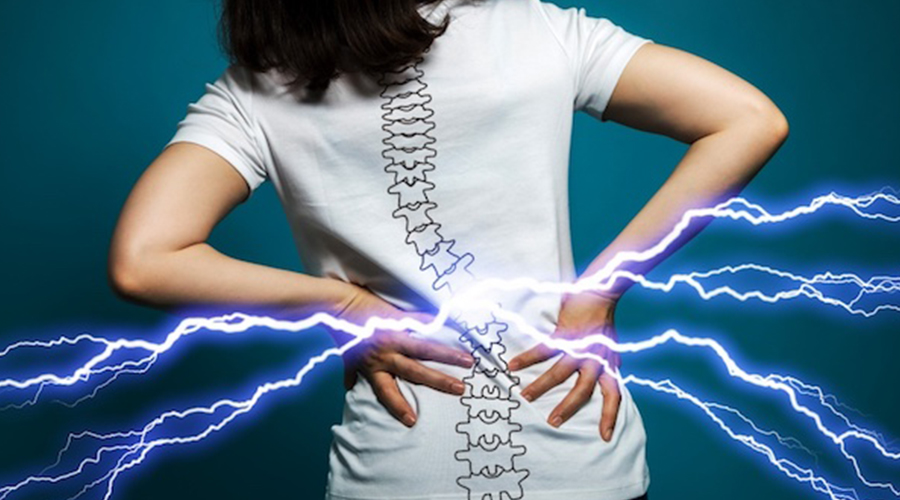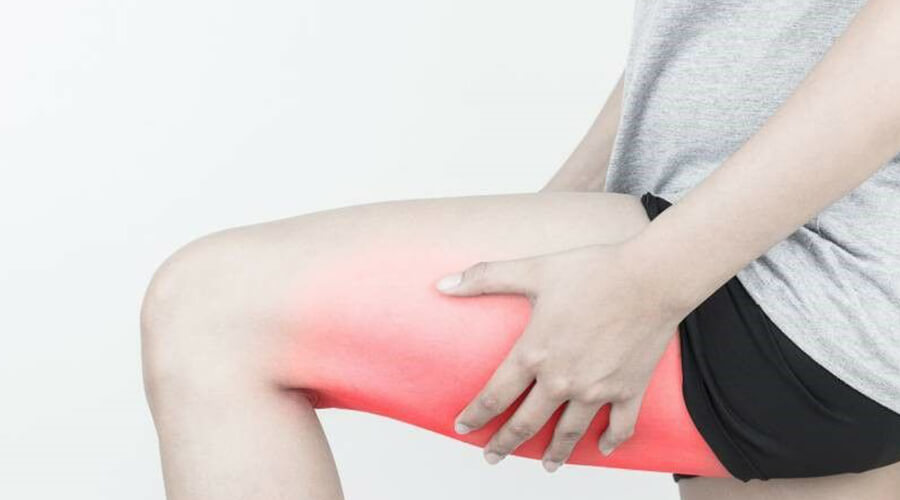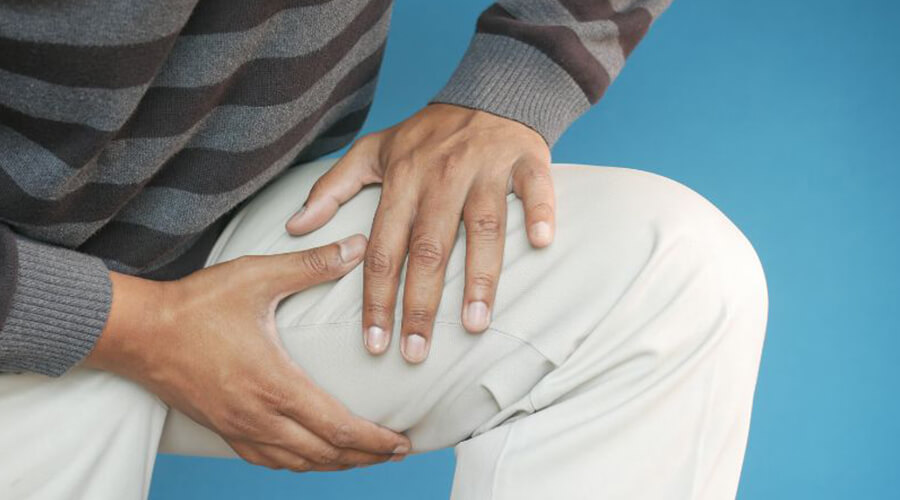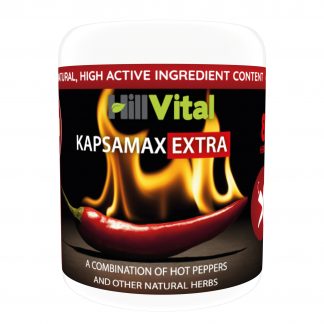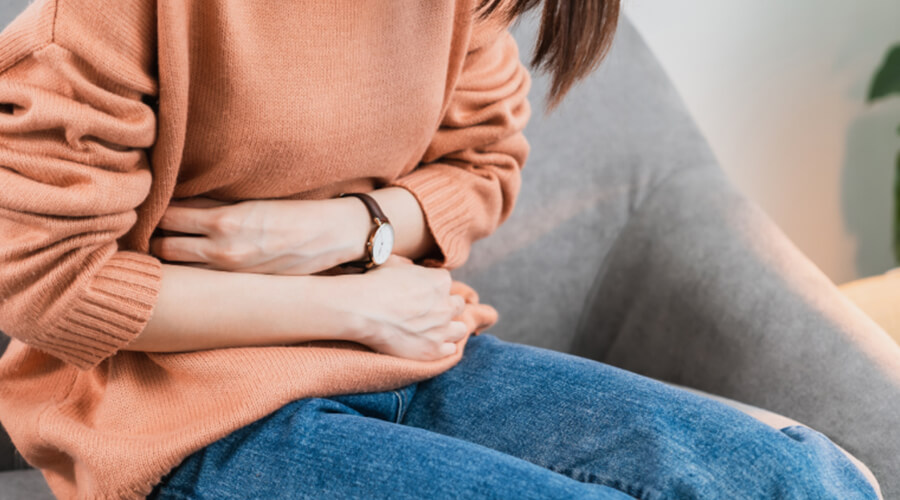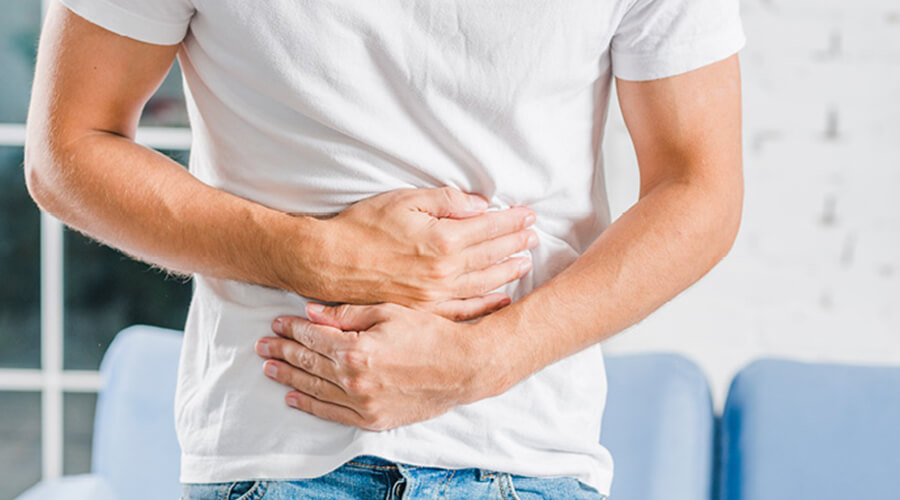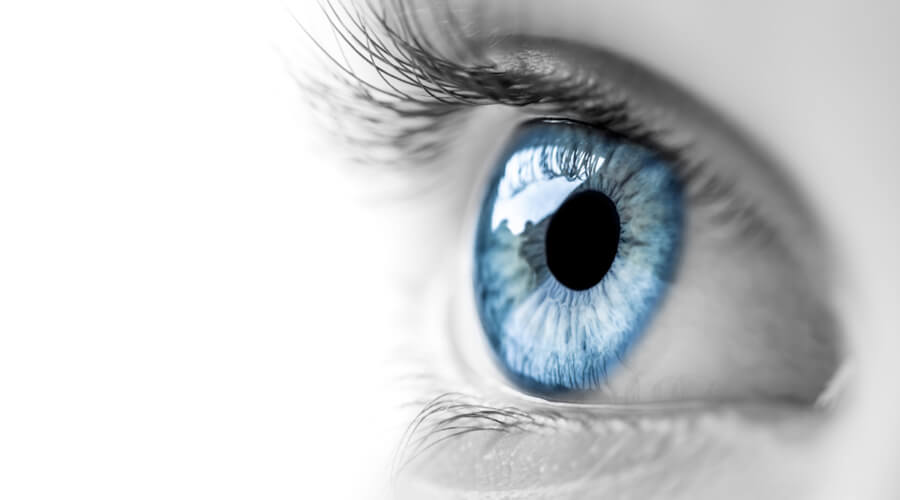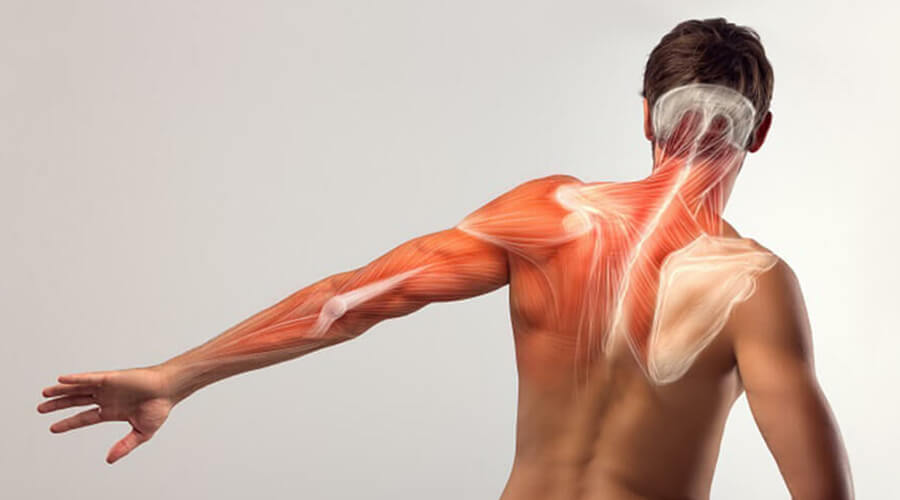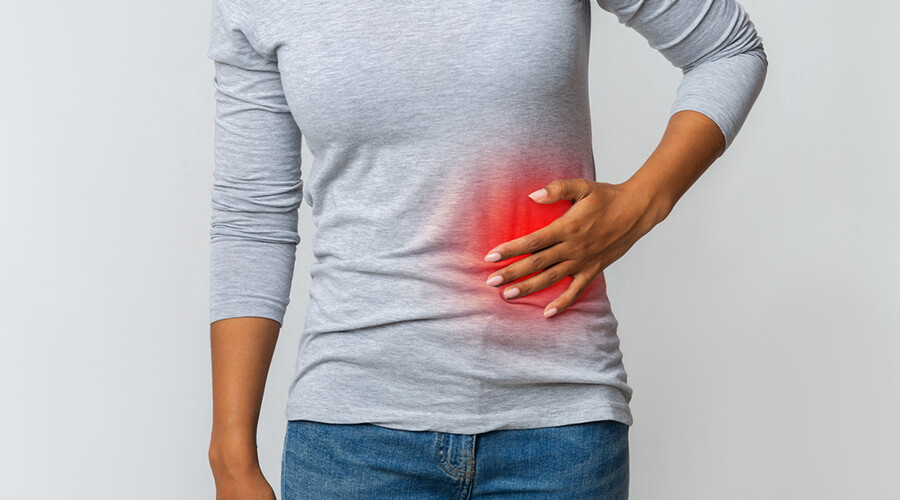
Upper arm pain can often be caused by poor working conditions or even your habits.
Determining the exact cause of these symptoms can take a long time, but there are just a few things to look out for to avoid problems.
Usually upper limb problems are in the shoulders, arms, forearms, elbows, wrists, hands and fingers, but pain can also radiate to the neck. There is a very wide range of symptoms. It can include weakness, pain, tingling, numbness, cramping, stiffness and swelling.
Cartilage wear and arthritis are basically inflammations in the body or degenerative processes caused by age. Other diseases such as tendonitis, hand numbness usually affect the working generation.
Causes of right shoulder pain
Injury: The shoulder joint can be easily injured, for example during sports, falls or collisions. Pain in the shoulder joint may be the result of a fracture, dislocation, sprain or other injury.
Overuse: Excessive or repetitive movements, such as repetitive arm lifting or repetitive shoulder movements during sports activities, can cause strain and pain in the shoulder joint.
Tendonitis: tendonitis is an inflammation of the tissues around the tendon, usually occurring during repetitive movements such as lifting the arm.
Rotator cuff injury: the rotator cuff is a group of muscles and tendons in the shoulder joint that are responsible for moving the arm. Injury to them can cause pain in the shoulder.
Bursitis: bursitis is an inflammation of the bursitis around the shoulder joint, usually caused by excessive or repetitive movements.
Arthritis: arthritis can be inflammation of the shoulder joint, usually causing pain and stiffness.
Nerve problems: nerve problems can also cause pain in the shoulder, such as tightness or irritation of the nerves from the cervical spine.
Possible causes of right upper arm pain
There are several possible causes of the pain in right upper arm. In most cases, there can be left or right upper arm pain, but the causes are essentially similar.
These can include:
Injury
Whether it’s any injury, bone, muscle or sprain, if it’s recent it’s a good place to start. A really typical case is a shoulder dislocation. Numbness of the affected upper limb may also occur.
Hand-shoulder syndrome
Unfortunately, this is a not yet fully understood condition that is often the cause of shoulder pain. It often occurs in older patients. Shoulder and upper arm pain may be the first symptom. It can also be followed by pain in the whole upper limb, followed by swelling. Unfortunately, this is not the only syndrome affecting the elderly. Tunnel syndrome and frozen shoulder syndrome may also be mentioned here.
Pain from the cervical spine
In this case, the pain starts in the neck and radiates down to the shoulder blades and from there to the scalp. In most cases, the pain extends only to the upper arm, but there are also examples of pain radiating down to the fingers. There may also be numbness of the limb, which may be felt at the same time as the pain.
The causes of upper arm pain require close attention, as these symptoms can be a symptom of stroke or heart attack. If there is numbness, weakness, loss of balance or speech, even disturbed thinking, in several limbs on the same side, a stroke may be involved. In addition, especially if there are causes of pain in the left upper arm and symptoms are accompanied by shortness of breath, chest pain or sweating, a heart attack should also be considered.
Symptoms of right upper arm muscle pain may include:
-Tenderness and pain in the upper arm
-Weakness in the upper arm and fingers
-Numbness and tingling in the fingers
-Restricted movement in the upper arm
-Swelling and redness in the upper arm
-More typical of muscle pain, the pain disappears when resting but increases with active use.
Causes of right arm pain
Poor hand position can be a common cause of pain in the right arm. What you need to know is that the wrist works most comfortably when it is aligned with the hand. Unfortunately, if the wrist is permanently twisted or used in a bent position, for example because of poor typing, the whole forearm and shoulder can be strained.
Unidirectional loading causes an overproduction of joint fluid, which in turn causes a tight and stinging sensation. The wall of the tendon sheath thickens, which prevents movement of the limbs. When a limb gets tired very quickly, this can be a warning sign. You may even develop spasmodic numbness and tension. It is therefore common for right-handed people in particular to experience pain in the right upper arm when the problem is of this origin.
It is also possible that if you suddenly apply a lot of force or lift, you may develop a pulling or micro-injury. It is not recommended to lift or use objects that are too heavy to work with. If you do work in a workplace where you must use heavy objects, use an elasticated grip.
Causes of right upper arm pain can include trauma, accident, injury, muscle or tendon inflammation, arthritis and disease. Other psychological causes of right upper arm pain include muscle spasms caused by stress and tension.
Anyone working on a computer should take a break every hour.
You should move your wrist, shoulders and neck. In addition to strengthening the neck muscles, you should also strengthen the muscles in the shoulder and shoulder girdle. The forearm and wrist should be supported. Fortunately, there are now many mouse pads and wrist supports.
Right upper arm pain at night can be caused by a number of things, including:
Cervical radiculopathy: Pain due to damage to the cervical spinal cord, which is felt in the shoulder and arm and may increase at night.
Tendinitis: Inflammation of the muscle or tendon tendons, which can cause pain in the arm.
Neuropathy: Damage to the peripheral nerves, which can cause numbness and tingling in the arm, which may increase at night.
Osteoarthritis: painful numbness in the right arm may be due to wear and tear of the articular cartilage, which can cause pain and stiffness in the arm.
Stress and tension: muscle spasms caused by stress and tension may occur at night.
In all cases, if the pain is persistent and significant, a doctor should be consulted for an accurate diagnosis and treatment.
Right arm radiating pain can also have several causes
For example right arm pain from shoulder to hand can be caused by a number of different things and usually requires a medical examination to determine the exact diagnosis.
Some possible causes are listed below:
Heart problems: heart problems such as heart attack or angina pectoris can also cause pain in the right arm, especially if the pain spreads to the shoulder, arm and lower jaw.
Nerve problems: nerve problems such as neuritis, herniated disc or pinched carpal nerve can also cause pain in the right arm.
Injuries: injuries to the right arm, such as bruises, fractures, sprains or torn tendons, can also cause pain.
Inflammation: inflammation of the shoulder joint, rotator cuff syndrome, tennis elbow or golf elbow can also cause pain in the right arm.
Muscle problems: muscle problems such as muscle weakness or muscle twitching can also cause pain in the right arm.
Other diseases: some autoimmune diseases, such as rheumatoid arthritis or lupus, and vascular diseases can also cause pain in the right arm.
How to treat right arm pain?
Treatment of right arm pain depends on the cause of the pain, but some treatment methods are listed below:
Physiotherapy: physiotherapy can help strengthen muscles, improve joint movement and reduce pain.
Anti-inflammation and pain relief: creams and other ointments can also help with a variety of anti-inflammatory and pain-relieving medications.
Injections: for joint or muscle inflammation, topical injections can help relieve pain.
Rest and exercise: resting the muscles and reducing stress can help relieve pain.
Home Practices: Hot and cold therapy, massage, yoga, meditation can help.
Now we’re going to talk a little bit about forearm pain. Forearm pain can develop simply when you overuse your muscles, but in worse cases it can also be caused by tunnel syndrome, when you’re in constant pain and it won’t go away. Obviously, if the pain doesn’t go away for weeks, you should definitely see a specialist. Right forearm pain can also be a symptom. But don’t be alarmed, because in most cases it is just a simple muscle ache that will go away in a few days.

It is a well-known and accepted fact in the field of medicine that creams have been used for centuries as a form of medicine. Their action is based on the fact that our skin – our largest organ – is a lively metaboliser, secreting and absorbing substances.
This enables it to absorb the active ingredients mixed into creams and deliver them to the subcutaneous layers. The biggest advantage of a topical, massage-in cream treatment is that the active herbal ingredient in the cream is fully absorbed and works where it is needed. The best choice for herbal balms are those with high active ingredients.
One such product is HillVital MAXIMUM balm for rheumatic-arthritic complaints. It is massaged into the skin and quickly absorbed, exerting its herbal effect.
Related products
-
 Maximum Balm$49.99
Maximum Balm$49.99 -
 Black Comfrey Balm$40.99
Black Comfrey Balm$40.99 -
 Dermasoft Extra – Balm$49.99
Dermasoft Extra – Balm$49.99 -
 Varikoflex Balm$49.99
Varikoflex Balm$49.99

